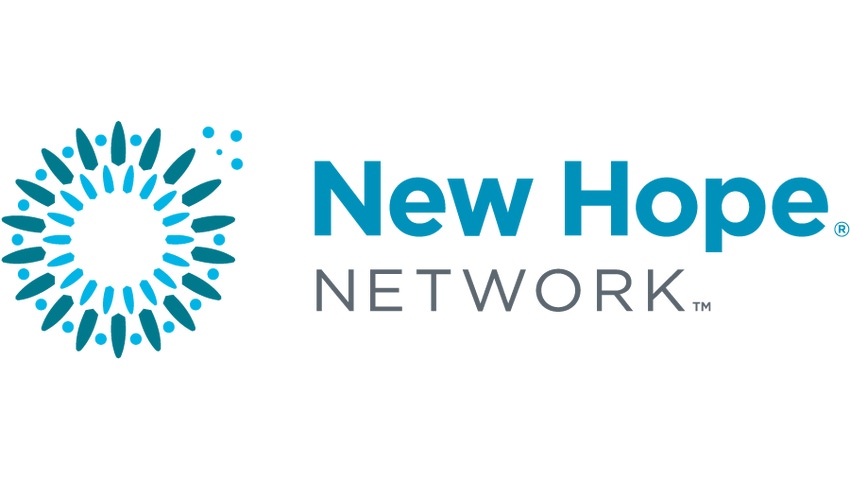Subscribe and receive the latest updates on trends, data, events and more.
Join 57,000+ members of the natural products community.

In the past 12 months, the supplement industry has experienced unprecedented declines in segments of our otherwise growth industry. Millions of consumers are leaving such steadfast categories as multivitamins and fish oil, and some sectors have experienced negative growth on a year-to-date basis. What can industry leaders do to turn lemons into lemonade?
July 1, 2014

You May Also Like